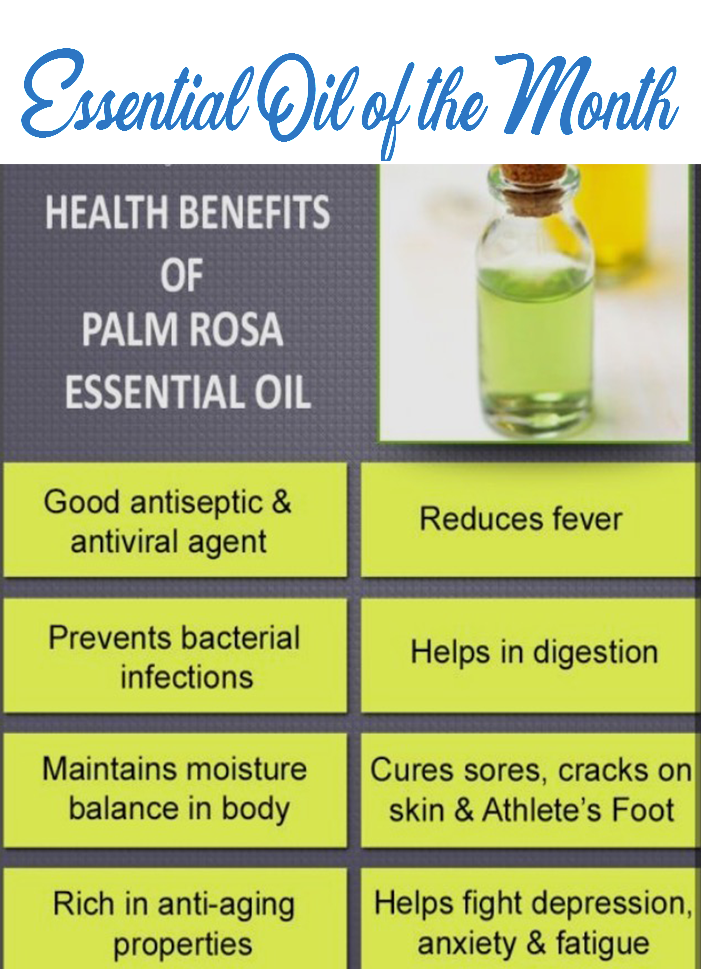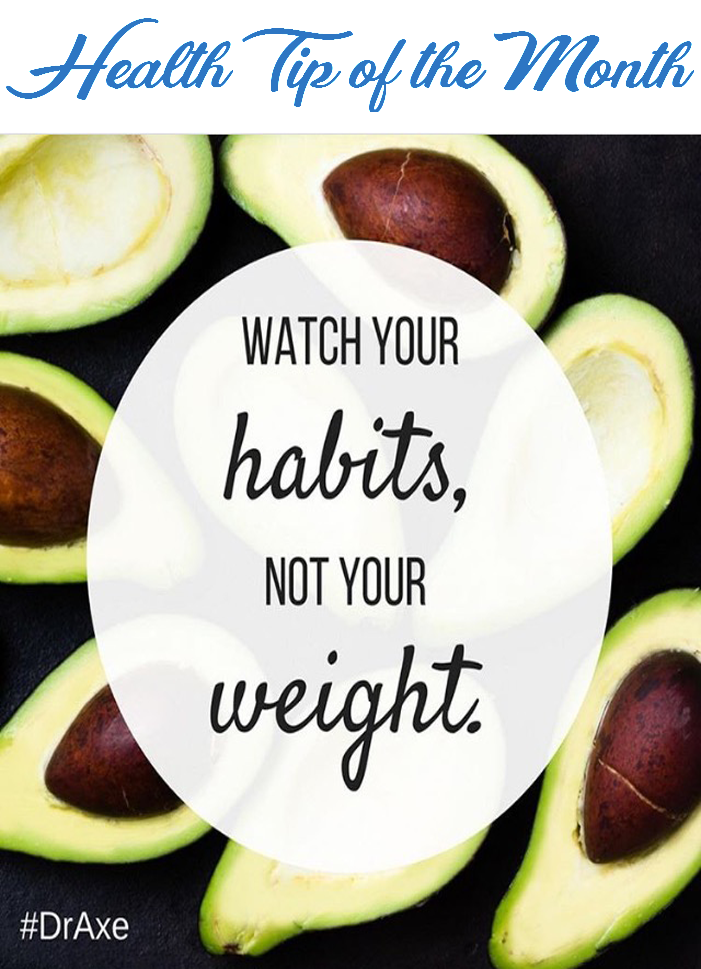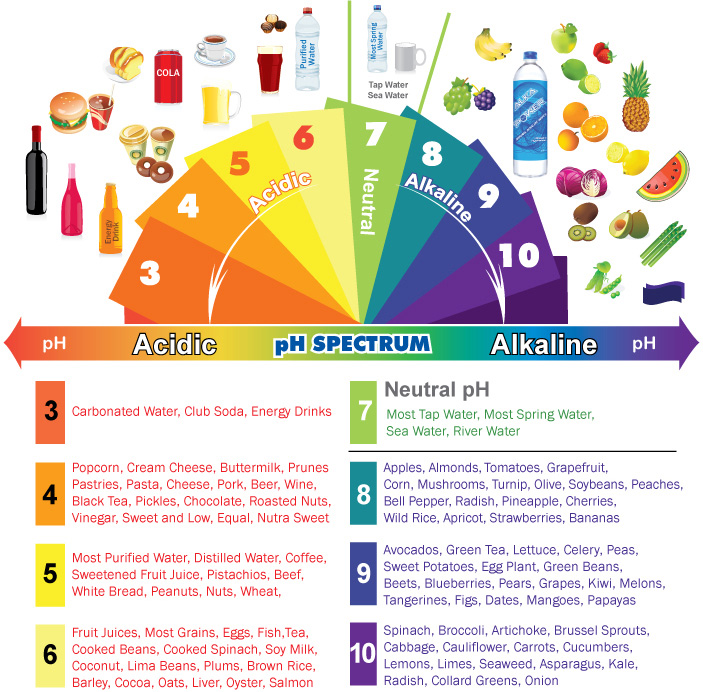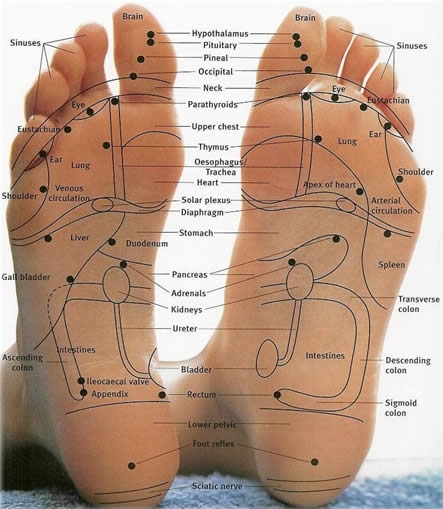Balanced body chemistry is of utmost importance for the maintenance of health and correction of disease. Acidosis, or over-acidity in the body tissues, is one of the basic causes of many diseases, especially the arthritic and rheumatic diseases.All foods are “burned” in the body–more commonly called “digested”– leaving an ash as the result of the “burning”, or the digestion. This food ash can be neutral, acid or alkaline, depending largely on the mineral composition of the foods. Some foods leave an acid residue or ash, some alkaline. The acid ash (acidosis) results when there is a depletion of the alkali reserve or the diminution in the reserve supply of fixed bases in the blood and the tissues of the body.
It is, therefore, vitally important that there is a proper ratio between acid and alkaline foods in the diet. The natural ratio in a normal healthy body is approximately 4 to 1 — four parts alkaline to one part acid, or 80% to 20%. When such an ideal ratio is maintained, the body has a strong resistance against disease. In the healing of disease, when the patient usually has acidosis, the higher the ratio of alkaline elements in the diet, the faster will be the recovery. Alkalis neutralize the acids. Therefore in the treatment of most diseases it is important that the patient’s diet includes plenty of alkaline-ash foods to offset the effects of acid-forming foods and leave a safe margin of alkalinity.
A healthy body usually keeps large alkaline reserves which are used to meet the emergency demands if too many acid-producing foods are consumed. But these normal reserves can be depleted. When the alkaline-acid ratio drops to 3 to 1, health can be seriously menaced. Your body can function normally and sustain health only in the presence of adequate alkaline reserves and the proper acid-alkaline ratio in all the body tissues and the blood.
For optimum health and maximum resistance to disease, it is imperative that your diet is slightly over-alkaline. The ideal ratio, according to the world’s foremost authority on the relationship between the acid-alkaline ratio in the diet in health and disease, Dr. Ragnar Berg, is about 80% alkali-producing foods and 20% acid-producing foods.
Below are tables of common foods with an approximate potential acidity or alkalinity, as present in one ounce of food.
| Figs | 30.0 | Potatoes | 2.0 |
| Soy Beans | 12.0 | Pineapple | 2.0 |
| Lima Beans | 12.0 | Cabbage | 1.8 |
| Apricots | 9.5 | Grapefruit | 1.7 |
| Spinach | 8.0 | Tomatoes | 1.7 |
| Turnip/Beettops | 8.0 | Peaches | 1.5 |
| Raisins | 7.0 | Apples | 1.0 |
| Almonds | 3.6 | Grapes | 1.0 |
| Carrots | 3.5 | Bananas | 1.0 |
| Dates | 3.0 | Watermelon | 1.0 |
| Celery | 2.5 | Millet | 0.5 |
| Cucumber | 2.5 | Brazil nuts | 0.5 |
| Cantaloupe | 2.5 | Coconuts | 0.5 |
| Lettuce | 2.2 | Buckwheat | 0.5 |
| Watercress | 2.0 | ||
| milk | Vegetable oils | ||
| Butter | White sugar | ||
| Oysters | 5.0 | Rice | 2.5 |
| Veal | 3.5 | W.Wheat/Rye bread | 2.5 |
| Most Fish | 3.5 | Most nuts (X-almond/brazil nut) | 2.0 |
| Organ meats | 3.0 | Natural Cheese | 1.5 |
| Liver | 3.0 | Lentils | 1.5 |
| Chicken | 3.0 | Peanuts | 1.0 |
| Fowl | 3.0 | Eggs | 3.0 |
| Most Grains | 3.0 | ||
Most grains are acid-forming, except millet and buckwheat, which are considered to be alkaline. Sprouted seeds and grains become more alkaline in the process of sprouting. All vegetable and fruit juices are highly alkaline. The most alkali-forming juices are: fig juice, green juices of all green vegetables and tops, carrots, beet, celery, pineapple and citrus juices. Vegetable broth is an extremely alkalizing drink.












